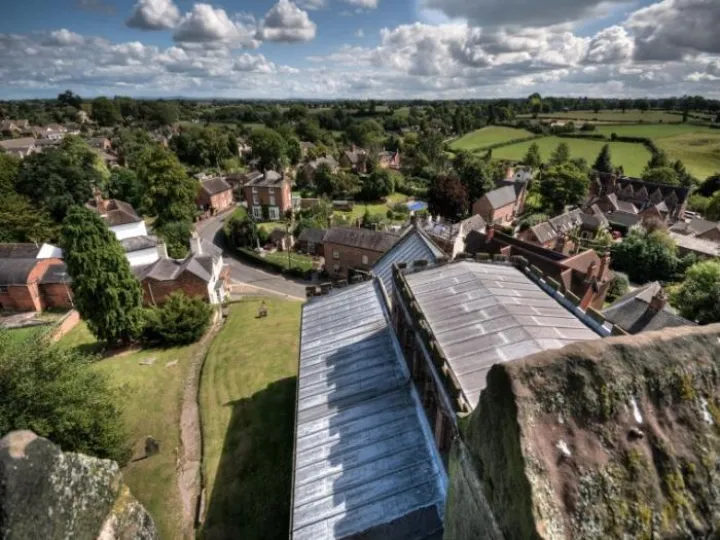







The 3rd of May 1926
The ultimatum given by the mine owners, that unless the workers agreed to new conditions and lower wages by May 1 they would be locked out, was met with one from the TUC, threatening a General Strike as of May 3 1926. The TUC, mine owners and government figures were involved in frantic talks to reach an agreement, and seemed indeed to be close.
Then The Daily Mail intervened, preparing an inflammatory leader calling the possible strike a revolutionary move, denying the rights of the people. Printers refused to produce the piece, and Stanley Baldwin had an excuse to break off talks, citing this as an attack on the liberty of the press.
As the strike began the government plans swung into action. Volunteer special constables were readied to take to the streets to keep order – the much reviled Organisation for the Maintenance of Supplies (OMS). Churchill , a great war leader in the future, but still hated in some mining communities for his actions during the strike, used his considerable energies and abilities to attack the strikers and their cause. He even attempted to co-opt the BBC , still shiny and new with the young John Reith in charge, though the latter fought him off by lobbying Baldwin. In spite of this, the labour movement resented the lack of airtime given to its side; even Ramsay MacDonald was not given the chance to voice his opinions on the BBC. Churchill used the government publication which he had launched, and still edited, The British Gazette, as a blatant anti-strike propaganda medium, painting their action as destructive and revolutionary.
The TUC tactics over the strike proved flawed. Rather than a true general walkout, it was decided to bring only key sectors to a halt by withdrawing the labour of dockers, miners, printers, railwaymen and other transport workers, and those in the iron and steel industries. By May 4 almost two million were on strike, leading the following day to the government deploying the OMS.
As the strike began to gather some momentum, the middle classes, or some within that group, began to take action against it, driving busses and trams to get things moving. Churchill managed to damp the voice of his opponents by restricting paper supplies to those not in support of his party. On May 8 the army was used to move goods out of the London docks.
The tide was gradually turning against the TUC, and it lacked the authority, or a leader of great enough stature, to change its tactics. On May 11 a key decision in the courts meant that those promoting the strike risked being held legally accountable for damages to trade and businesses. The TUC leaders feared personal ruin. On May 12 a deputation visited Baldwin at 10 Downing Street to cave in, though they made a feeble attempt to demand no harrying of workers involved in the strike, something brushed aside without qualms by the Prime Minister.
The General Strike thus ended on May 12 1926, but the miners carried on, only returning to work in October of that year as hunger bit deeply. Activists were refused their old work, and swingeing pay cuts were introduced by the owners. Even worse, in June that year the government had suspended the Miners' Seven Hours Act for a period of five years, so those who did return worked longer for less.
This article is from our news archive. As a result pictures or videos originally associated with it may have been removed and some of the content may no longer be accurate or relevant.
Get In Touch
AudlemOnline is powered by our active community.
Please send us your news and views using the button below:
Email: editor@audlem.org





